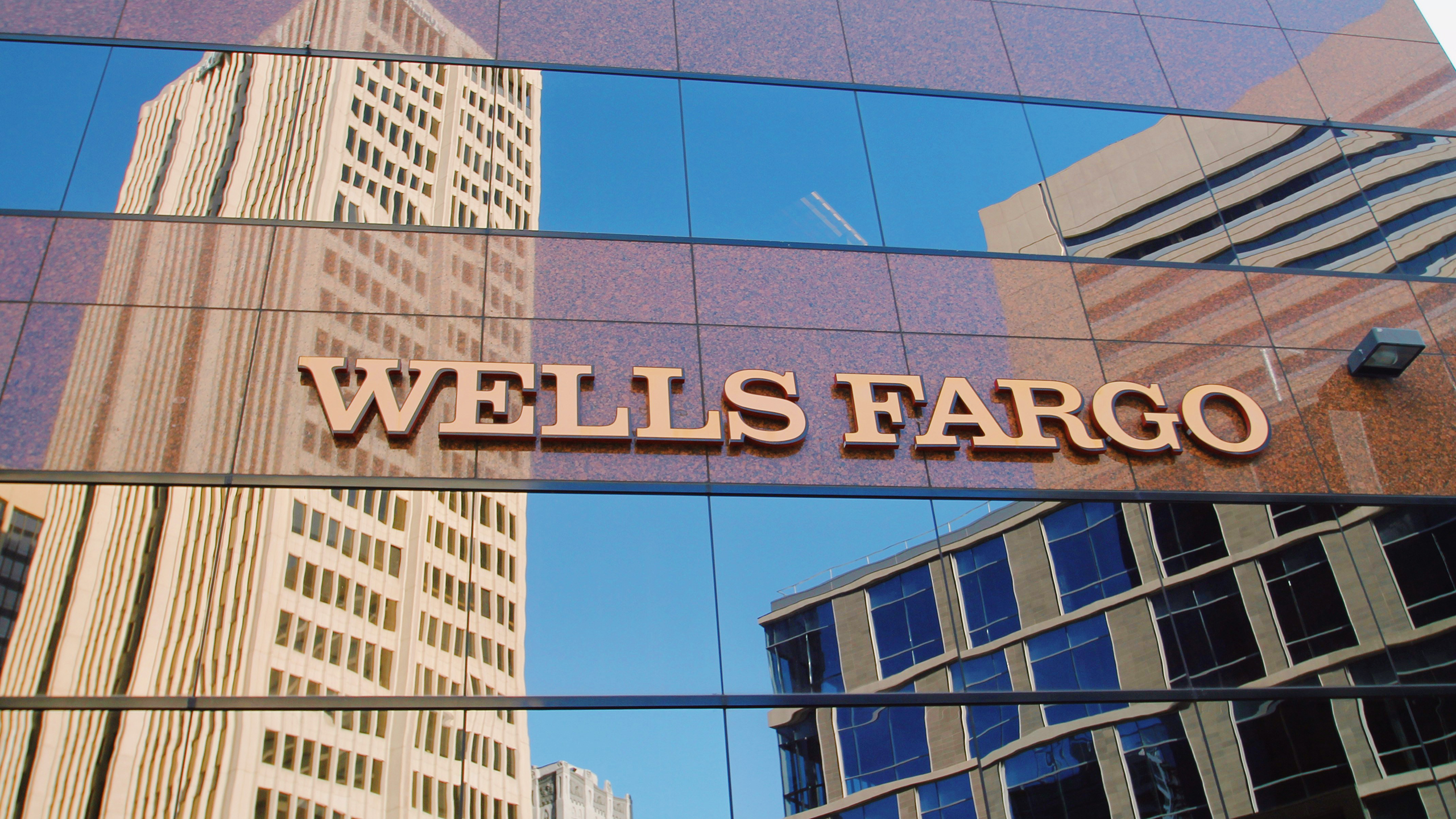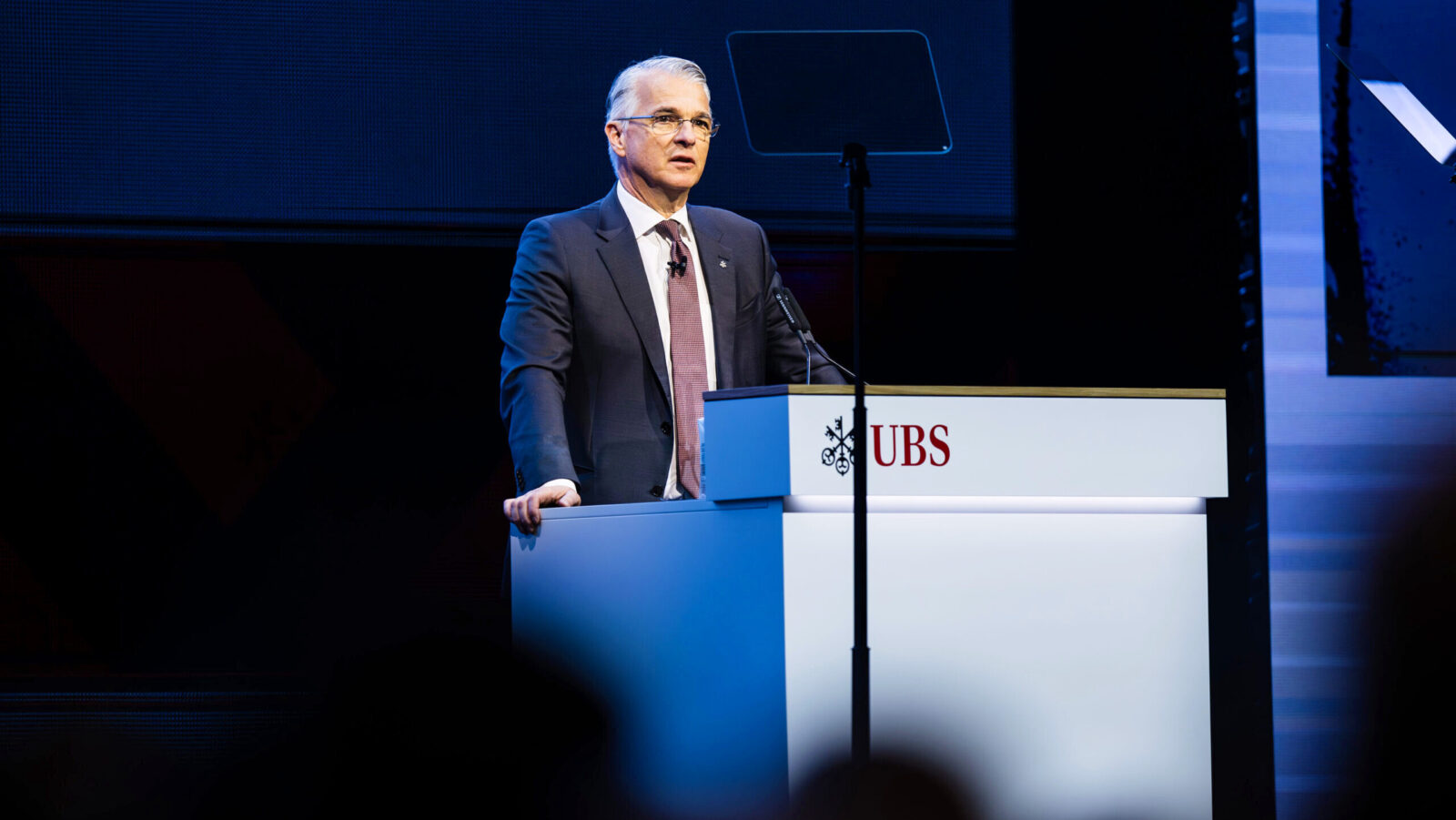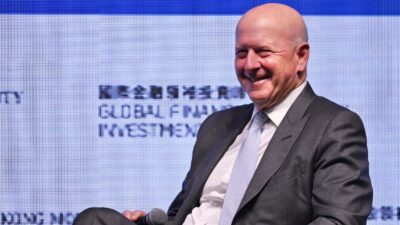Unshackled Wells Fargo Fights to Regain Momentum Lost in Penalty Box
Wells Fargo shares rose over 2% early Wednesday, hitting a three-month high, after the Federal Reserve lifted its asset cap on the bank.

Sign up for smart news, insights, and analysis on the biggest financial stories of the day.
Wells Fargo shares rose over 2% early Wednesday, hitting a three-month high, after the Federal Reserve lifted an asset cap imposed following regulators’ determination that the bank had exploited its own customers.
The stock, a little hot out of the gate, spent the rest of the day ticking downward and, by the time the closing bell rang, had fallen 0.3% for the day. While a banking juggernaut may have been unshackled to pursue a determined growth strategy, some Wall Street observers think its ambitions are already priced in.
The End of the Lost Years
There was a period in the late 2010s when Wells Fargo tallied up more scandals than the National Enquirer, the most notorious being when its employees juiced sales numbers by setting up millions of fake deposit and credit card accounts in customers’ names without their consent. US regulators got so fed up that they imposed a $1.95 trillion asset cap in 2018, ordering the lender to keep its balance sheet frozen at 2017 levels.
Obviously, that left the lender — which Bloomberg estimates lost out on $39 billion in profits under the cap — hamstrung for seven years in the face of fierce competition. From the end of 2017 to March of this year, JPMorgan Chase’s assets grew from $2.5 trillion to $4.3 trillion, while Bank of America’s rose from $2.3 trillion to $3.3 trillion. Now, Wells Fargo is free to pursue growth, which post-scandal CEO Charlie Scharf has been plotting for years:
- Once home to the largest US mortgage operation, Wells Fargo has retreated from the multi-trillion-dollar sector under Scharf, who has sold the bank’s asset management business, corporate trust division, student loan portfolio, rail equipment leasing unit, and most recently, the bulk of its commercial mortgage-servicing unit. What he’s positioned for expansion are trading and investment banking, which were handcuffed by the cap.
- Wells Fargo has added over four dozen senior bankers since 2020 and scored a major coup last year when Scharf convinced the departing head of JPMorgan’s North American investment banking, Fernando Rivas, to run the San Francisco-based lender’s corporate and investment bank. Early results are promising: Investment banking fees grew 62%, investment advisory fees 13%, and trading revenues 10% in 2024 — though Wells’ operations are a fraction of the size of JPMorgan’s.
Taking Stock: Apart from the muted performance on Wednesday, Wells Fargo shares have climbed 7.3% in 2025, outperforming the 4.3% gain by the S&P 500 Banks Index. But that explains why some investors are cautious. HSBC analysts noted in a report that “markets have been increasingly pricing in the asset cap removal, possibly limiting near-term upside.” Shares are already up 28% in the past year. JPMorgan analysts, for example, kept their $73.50 price target after the news of the cap removal. But others on Wall Street are betting Wells Fargo will muscle its way higher as it beefs up investment banking operations: Bank of America hiked its target to $90 a share from $83 after the asset cap’s removal, and Morgan Stanley raised its target to $87 from $77.











